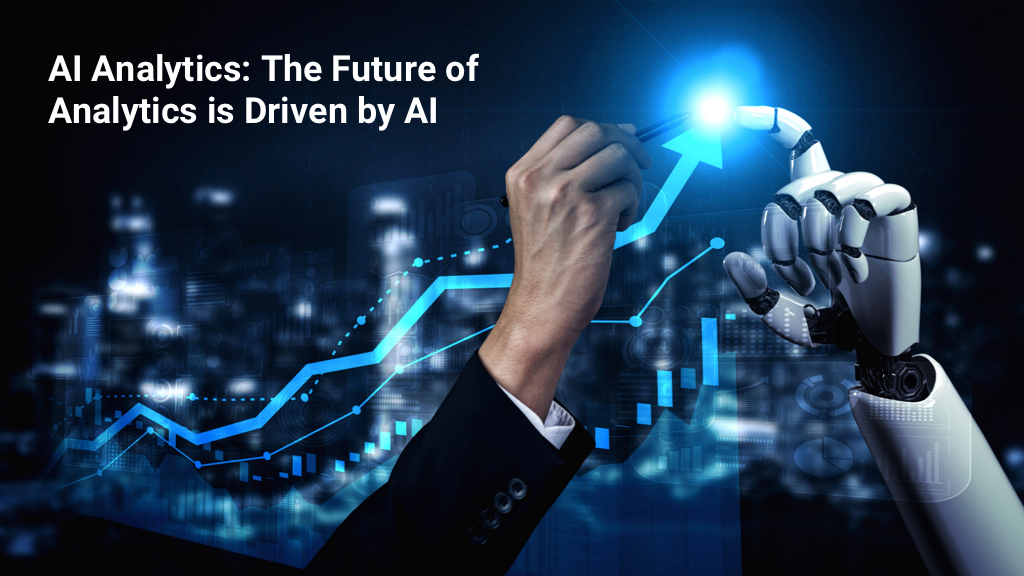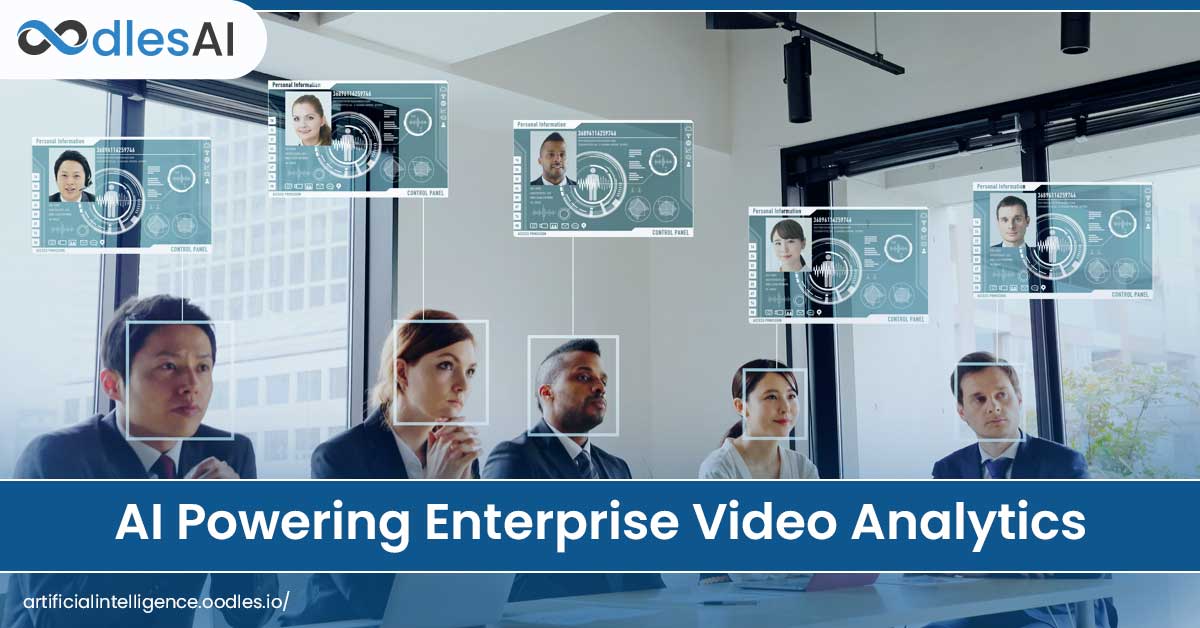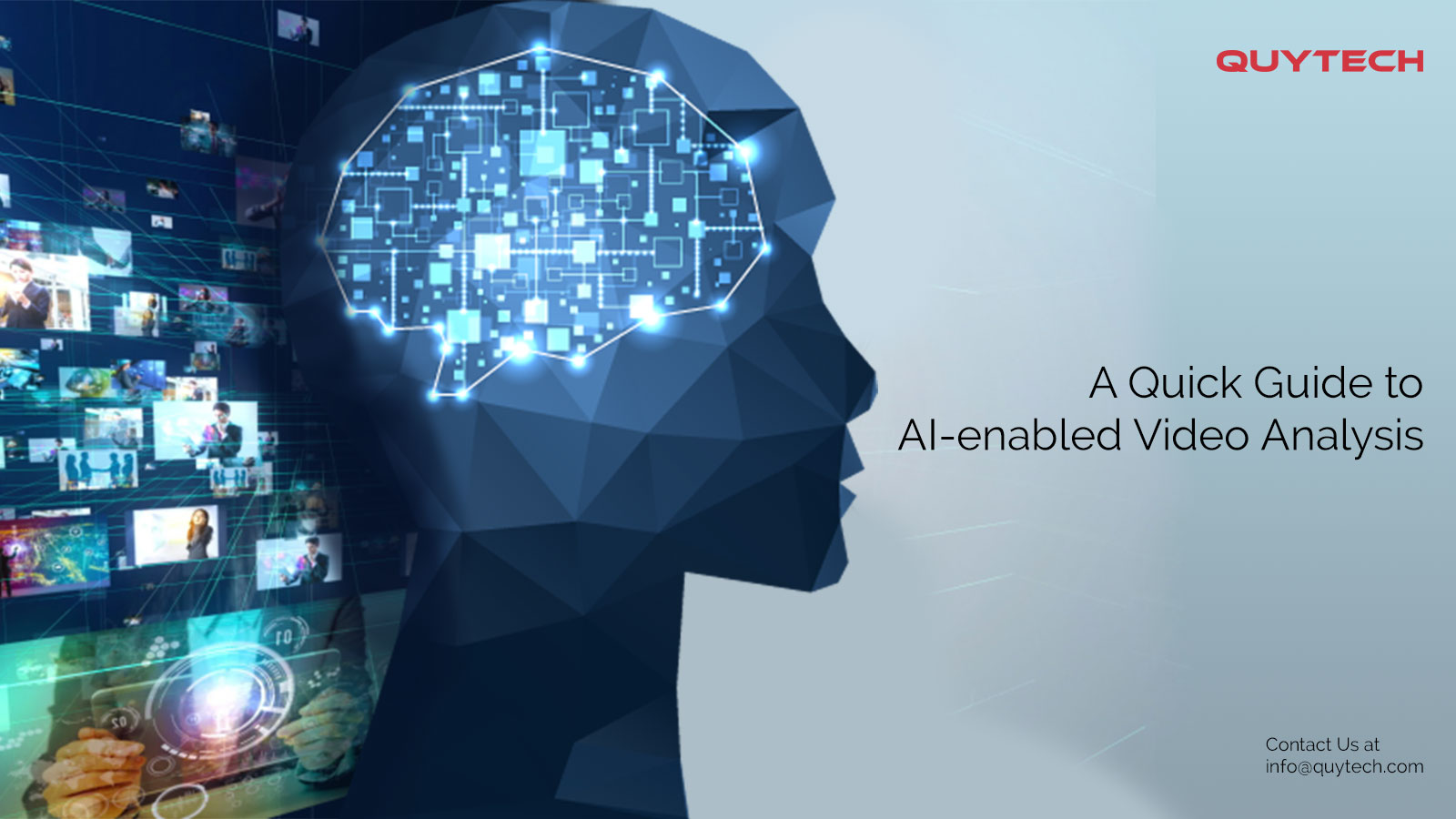Artificial Intelligence in Video Analytics
Video analytics is a rapidly growing field, with applications in a wide range of industries, from security and surveillance to retail and healthcare. AI is playing an increasingly important role in video analytics, helping to improve accuracy, efficiency, and scalability.
What is video analytics?

Video analytics is the process of extracting useful information from video data. This can be done for a variety of purposes, such as:
- Security and surveillance: Video analytics can be used to detect and track people and objects, identify suspicious activity, and prevent crime.
- Retail: Video analytics can be used to track customer behavior, identify trends, and improve store layout.
- Healthcare: Video analytics can be used to monitor patients, detect diseases, and improve patient care.
- Transportation: Video analytics can be used to improve traffic flow, prevent accidents, and manage traffic congestion.
- Manufacturing: Video analytics can be used to monitor production lines, identify defects, and improve efficiency.
How is AI used in video analytics?

AI is used in video analytics in a variety of ways, including:
- Computer vision: Computer vision algorithms are used to identify objects and people in video footage. This can be used for tasks such as object detection, facial recognition, and activity recognition.
- Machine learning: Machine learning algorithms are used to learn from data and improve their performance over time. This can be used for tasks such as classification, prediction, and anomaly detection.
- Natural language processing: Natural language processing (NLP) algorithms are used to understand and generate human language. This can be used for tasks such as transcribing audio, generating captions, and answering questions.
Benefits of using AI in video analytics

AI can bring a number of benefits to video analytics, including:
- Improved accuracy: AI algorithms can be trained to identify objects and people with greater accuracy than traditional methods. This can help to improve the effectiveness of security and surveillance systems, and can also be used to improve retail analytics and healthcare applications.
- Increased efficiency: AI algorithms can be used to automate tasks that would otherwise be time-consuming and tedious. This can free up human operators to focus on more important tasks, and can also help to improve the scalability of video analytics systems.
- Enhanced insights: AI algorithms can be used to generate insights from video data that would not be possible to detect with human eyes. This can help businesses to make better decisions, and can also be used to improve public safety.
Challenges of using AI in video analytics

There are also a number of challenges associated with using AI in video analytics, including:
- Cost: AI algorithms can be expensive to develop and deploy. This can make it difficult for small businesses and organizations to adopt AI-powered video analytics systems.
- Data requirements: AI algorithms require large amounts of data to train. This can make it difficult to deploy AI-powered video analytics systems in new or emerging areas.
- Bias: AI algorithms can be biased against certain groups of people. This can lead to unfair or inaccurate results, and can also damage the public trust in AI-powered systems.
The future of AI in video analytics

The future of AI in video analytics is bright. As AI algorithms continue to improve, they will become more accurate, efficient, and scalable. This will make it possible to use AI-powered video analytics systems in a wider range of applications, and to solve a wider range of problems.
In the future, AI-powered video analytics systems are likely to play a major role in a variety of industries, including security and surveillance, retail, healthcare, transportation, and manufacturing. These systems will help to improve public safety, make businesses more efficient, and provide better healthcare for patients.
Here are some specific examples of how AI is being used in video analytics today:

- Security and surveillance: AI-powered video analytics systems are being used to detect and track people and objects, identify suspicious activity, and prevent crime. For example, the Los Angeles Police Department is using AI-powered video analytics to identify and track gang members.
- Retail: AI-powered video analytics systems are being used to track customer behavior, identify trends, and improve store layout. For example, the Home Depot is using AI-powered video analytics to track how customers move through the store and to identify which products are most popular.
- Healthcare: AI-powered video analytics systems are being used to monitor patients, identify diseases, and improve patient care. For example, the Mayo Clinic is using AI-powered video analytics to monitor patients with heart failure.
- Transportation: AI-powered video analytics systems are being used to improve traffic flow, prevent accidents, and manage traffic congestion. For example, the City of San Francisco is using AI-powered video analytics
Post a Comment